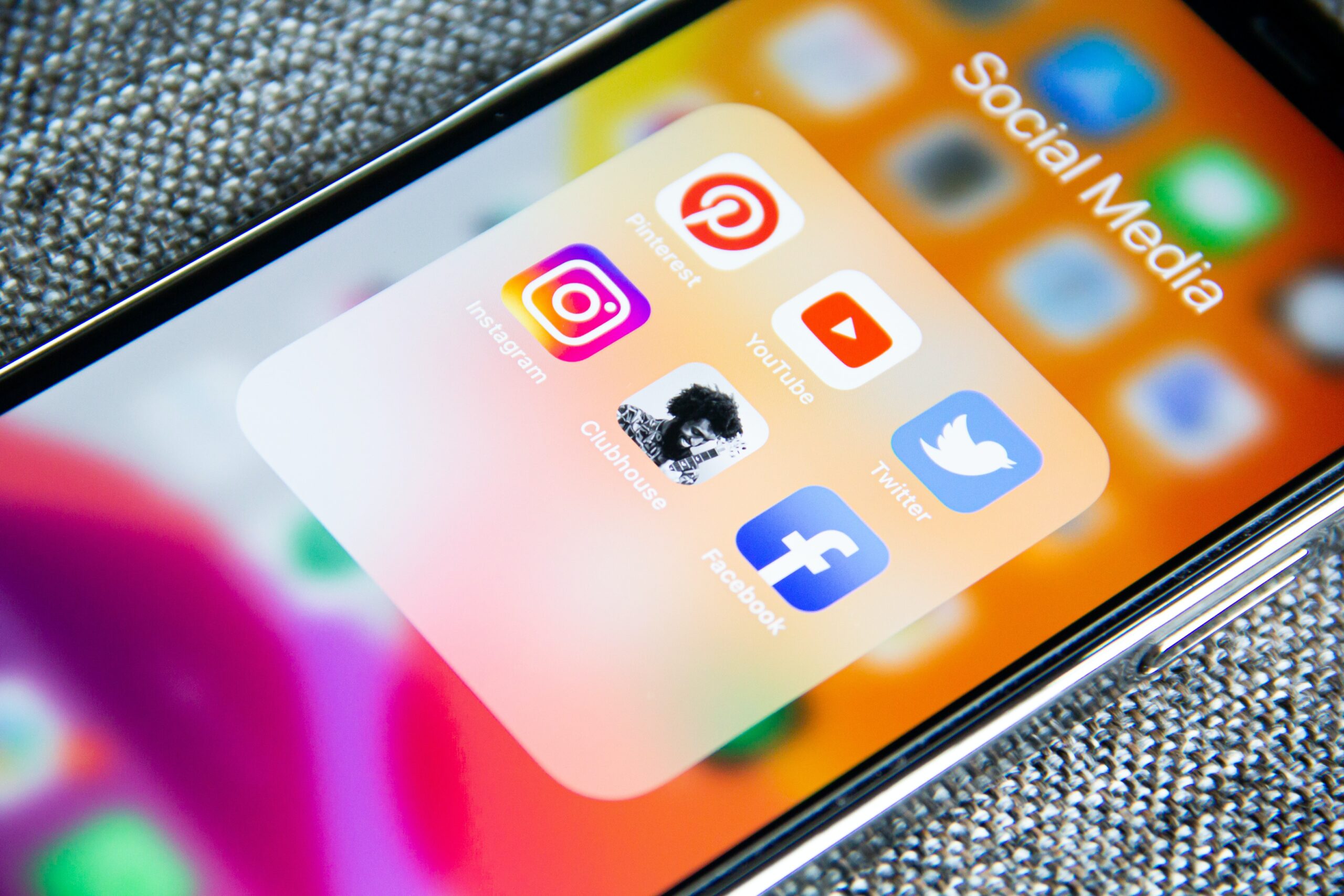Data Bridge Market Research projects that the influencer marketing sector, valued at over $7.36 billion in 2021, will reach $69.92 billion by 2029. Despite this growth, influencer fraud poses a significant challenge as fake accounts proliferate within the industry. Examples of influencer fraud have become varied, especially with the accessibility to buy fake followers and likes. These fake influencers deceive brands, leading to unwitting collaborations in campaigns. It underscores the need for vigilant measures to combat fraudulent practices in influencer marketing.
Authentic influencers organically grow their following through platforms like blogs, YouTube, or social media with engaging content. In contrast, examples of influencer fraud include purchasing fake followers and likes or posting stolen content to falsely inflate their presence and mislead brands, resort to shortcuts.
Exposed Fake Influencers
There are few examples of influencer fraud where influencers faced exposure for manipulating their followers. Qiao Biluo, a content creator and livestreamer, was discovered using a facial filter to appear younger and more attractive. The revelation occurred due to a technical malfunction during a live stream. She exploited her fans who were drawn in by her looks for money. The glitch then unintentionally exposed her true age of 58. It revealed that she had been using a digital enhancement to look younger and capture increased attention from viewers.

Three British influencers, including Lauren Goodger, Mike Hassini, and Zara Holland, faced major backlash. They were exposed for secretly promoting a fake weight loss drink that allegedly contained hydrogen cyanide. An investigation by the BBC and Irish presenter Blindboy revealed that all three influencers admitted to posting Instagram advertisements. Goodger’s spokesperson argued that the promised substantial payment was a deliberate tactic. It was used to lure her into the collaboration, while Holland claimed ignorance about the nature of hydrogen cyanide.

Another example of influencer fraud is Kayla Massa. She extensively promoted her scam by posting images of substantial cash stacks and snapshots of her bank balance. She lured her followers by suggesting that if they allowed her associate to use their bank accounts temporarily, they could potentially earn up to $5,000. Massa then convinced her targets to send in their depleted bank cards. Along with their personal identification numbers (PINs), she exploited this information to carry out large-scale money transfers. Law enforcement eventually apprehended Massa and her collaborators in this fraudulent scheme.
Spotting Influencer Fraud
Being able to understand examples of influencer fraud is important, and various indicators can help in this regard. Firstly, an abrupt surge in followers is often a red flag, as genuine influencers typically experience organic growth rather than overnight success. They will never use fake followers and likes.
Additionally, an influencer boasting a large follower count but minimal engagement, such as likes and comments, may not wield authentic influence. Authentic influencers typically interact with their followers, reply to comments, and build a community atmosphere. In contrast, fake influencers prioritize upholding their fake image and might not dedicate efforts to shape genuine connections with their audience.
Fake influencers often resort to purchasing comments, a shady tactic that becomes apparent when the comments seem generic or unrelated to the content. This strategy, combined with acquiring fake followers and likes, highlights the dishonest techniques employed by certain influencers on social media.
Another sign involves repetitive engagement from the same set of accounts, suggesting orchestrated interactions to create a false appearance of popularity. The use of stock photos is a straightforward method to identify fake influencers, as a reverse image search may reveal the image in online stock repositories.
Lastly, uniform likes and comments on every post may indicate influencer fraud, particularly if platforms allow hiding likes. Recognizing these signs is crucial for brands seeking genuine and effective influencer partnerships.
Impact on Brands and Audiences
Brands impacted by fake influencers risk significant consequences, including the misuse of marketing funds and damage to their image. In the context of examples of influencer fraud, endorsing unethical behavior by associating with fake influencers can potentially break customer trust.
When individuals rely on influencers for inspiration, guidance, or entertainment, discovering their inauthenticity can be disheartening. It is crucial for audiences to acknowledge the abundance of fake influencers and adopt a smart approach as consumers of the content they engage with.

Identifying fake influencers, especially those who may resort to tactics like fake followers and likes, can be challenging. However, both brands and individuals can take steps to safeguard themselves. This involves conducting comprehensive research, including an examination of an influencer’s engagement rate, follower growth trends, and overall online presence.
Moreover, utilizing third-party tools and platforms specializing in influencer analytics can be advantageous. These tools offer data on an influencer’s audience demographics, follower authenticity, and engagement metrics. It also offers brands and individuals a more precise understanding of an influencer’s credibility.
The battle against fake influencers is still ongoing. Thus implementing measures, especially in light of examples of influencer fraud, is necessary to address this problem. Social media platforms are adopting more stringent algorithms to identify and eliminate fake accounts. Brands are also becoming more informed and careful in their selection of influencers for collaborations, conducting thorough vetting procedures.
It is crucial for influencers, brands, and audiences to collaborate in uncovering and eliminating fake influencers. Holding fake influencers responsible is essential. Advocating for transparency, including eliminating fake followers and likes, helps safeguard the integrity of influencer marketing. This ensures that authentic creators receive the acknowledgment and opportunities they value. Book a brief consultation with us here if you want to maximize your influencer marketing without worry.







